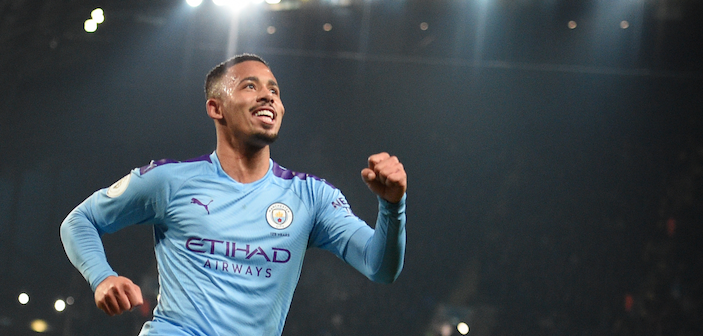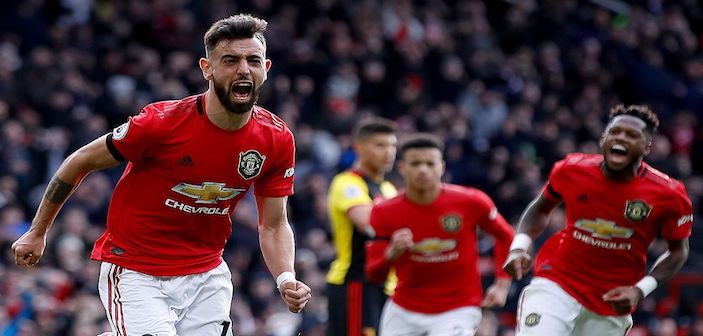MIDDLESBROUGH are flying high in the Championship but EFL connoisseur Gab Sutton (@_FootbalLab) has reservations about them.
One To Watch – Why Middlesbrough’s promotion push could be unsustainable
On the face of things, Middlesbrough look prime promotion contenders.
The Teessiders have accrued a respectable 27 points from 15 league games, leaving them third in the Championship table, outside the automatic promotion spots on goal difference and only two points off the summit.
Even the xG data backs them up.
Boro average 1.36 xGF per game, the sixth-highest in the division. That’s not bad considering their imperious defensive record, which stands at 0.76 xGA per game and eight in 15 conceded, ranking as the best in the Championship in both metrics.
And yet, the nature of their performances might yet prove unsustainable. Here’s why.
Set-piece threat fading
In the first month of Middlesbrough’s season, a large proportion of their goals came from set pieces.
Ryan Shotton’s long throws instigated a fortuitous late comeback in the opening day 2-2 draw at Millwall.
The following Tuesday, they scored three goals from corners in an 18-minute first half flurry that decided a 3-1 win over Sheffield United.
Against West Brom later in August, Daniel Ayala’s injury-time strike from Muhamed Besic’s free-kick was the only goal of a game in which Boro had threatened from set pieces throughout.
Based on those three games, the set play proficiency of Pulis’ troops looked like being key to their promotion hopes.
Since then though, they have not scored a single goal from set piece scenarios, despite possessing a technician like Stewart Downing as well as goalscoring centre-backs in Aden Flint and Daniel Ayala.
That is concerning, considering that one of the major advantages of having Pulis in charge is the likely efficiency from dead ball scenarios.
Dependence on final third transitions
Over September and October, Boro’s main method of scoring has been to steal the ball in the final third and exploit gaps in behind; 2-0 and 2-1 away wins at Ipswich and Sheffield Wednesday respectively offering classic examples of this.
The tenacious Muhamed Besic and the cynical Jonny Howson excel at pressing and Britt Assombalonga has the intelligence to cut out passing lanes for defenders, even if he doesn’t offer the same level of pace and power that he used to.
By staying disciplined for long spells and then picking teams off at key moments, Boro have been able to create the most clear cut chances in a lot of their games and perhaps that is why they are competing at the top.
The problem with relying so heavily on that approach is, while many of their promotion rivals can win games by perfecting their own identity, Boro’s results hinge on what the opposing team do.
Boro need opponents to play it short
Often, if a team completes the most short passes within a game, that is viewed as an indication of control.
Surprisingly, there’s evidence to suggest that Middlesbrough rely on their opponents playing it short.
When they have faced teams completing 200-299 short passes, they average 1.25 goals per game. That average rises to 1.5 against sides completing 300-399 short passes, then 1.67 per game against teams that play it square 400-499 times.
Norwich represent the one anomaly, having deservedly won 1-0 after completing 519 passes in September’s clash at Carrow Road; the Canaries’ subsequent blistering form though offers some context.
Middlesbrough’s last home game showed a creak in their armour: visitors Rotherham United managed to pick up their first away point and clean sheet by playing just 184 short passes, the fewest a Boro opponent has completed this season.
Will future opponents park the bus?
Boro’s excellence out of possession is only relevant if the opposing team have the ball.
If they themselves are handed the ball for long spells, they rarely have the nous to unlock teams.
Pulis tends to start three centre-backs in Ayala, Flint and Dael Fry; although the latter is capable in possession.
Shotton can be a threat from long throws and has grafted admirably in the right wing-back role, but his technical ability leaves something to be desired.
Similarly, stalwart George Friend tries to make things happen from left wing-back but isn’t quite as quick as he used to be.
One must question, therefore, whether as well as five defenders, a holding midfielder like Adam Clayton, who breaks up play well but lacks imagination, is truly necessary.
There will come a time at which the standard protocol for playing Boro will be to deny space in the defensive third.
At that point, either the notoriously stubborn Pulis will need to change the system, or the same group of players will need to show the quality required to open up their opponents over prolonged passages of play.
Is there any evidence that suggests either will happen?
Conclusion
We do not have a specific betting angle on Middlesbrough, but we would recommend that in individual match markets, punters look to back their opponents to keep a clean sheet where suitable.
TOPICS Debrief & Analysis Football League Tips Insights Stats & Insights







